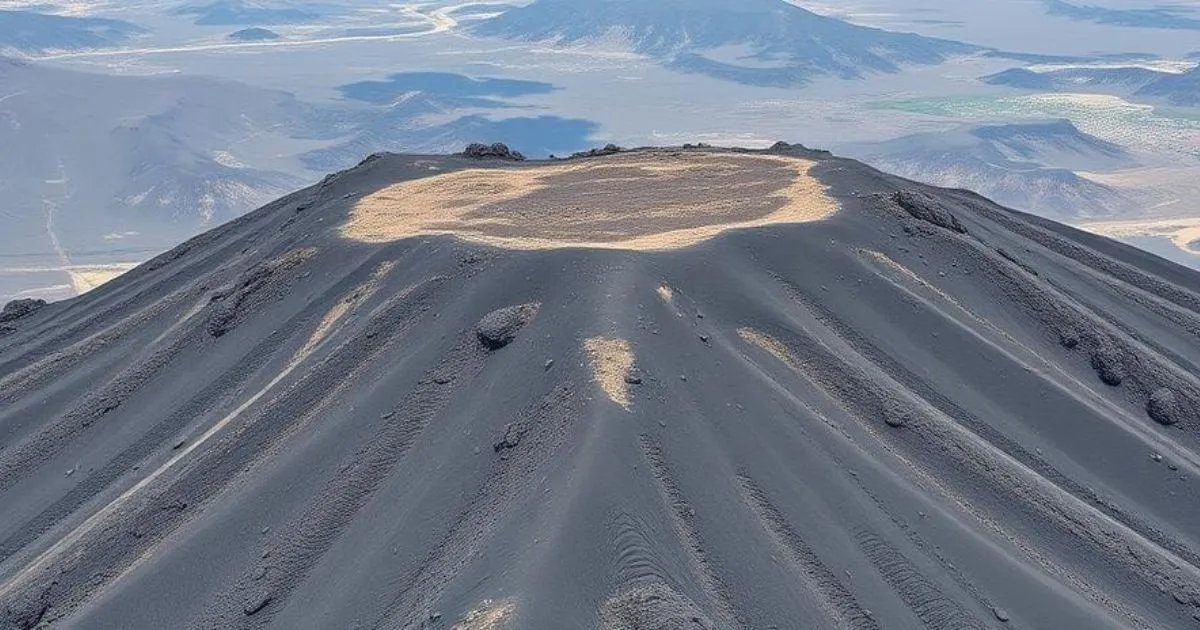Mount Ayr (جبل عير): The Sacred Southern Boundary of Madina
Table of Contents
Mount Ayr (جبل عير): The Sacred Southern Boundary of Madina
Mount Ayr (جبل عير) stands as one of the most significant geographical landmarks in Islamic history. As the second-largest mountain in Madina after Uhud, it marks the southern boundary of the city’s sacred sanctuary (Haram). For Muslims worldwide and history enthusiasts, understanding the religious and historical importance of this mountain provides deeper insight into the geography of early Islam and Prophet Muhammad’s ﷺ life in Madina.
Religious Significance of Mount Ayr
Mount Ayr holds profound religious importance in Islam as it was specifically mentioned by Prophet Muhammad ﷺ when defining the sacred boundaries of Madina. In authentic hadith collections, the Prophet clearly established the city’s sanctuary limits.
Prophet Muhammad ﷺ said: “Madina is a Haram (sanctuary) from Mount Thawr to Mount Ayr.” — Sahih al-Bukhari 7306
This declaration established Mount ‘Ayr as the southern boundary marker of Madina’s sacred territory, where certain activities were prohibited. Within these boundaries, hunting was forbidden and the natural environment was to be preserved, similar to the sanctuary status of Makkah.
The mountain’s name “Ayr” derives from its resemblance to the back of a donkey, as it stretches approximately 2,000 meters in length with a flat surface and no peak. This distinctive geographical feature made it an ideal landmark for defining the city’s southern limits.
The black volcanic rock formation of Mount Ayr (جبل عير) that resembles a donkey’s back, giving the mountain its name
Explore Madina’s Sacred Boundaries
Want to understand the complete boundaries of Madina’s Haram?
Historical Context and Ottoman Fortifications
Beyond its religious significance, Mount ‘Ayr played an important strategic role throughout Islamic history. The mountain is located in the southwestern region of Madina, approximately 7 kilometers from the Prophet’s Mosque, with an average width of 700 meters and rising about 955 meters above sea level.
During the Ottoman period, the mountain gained additional historical significance. Between 1336 and 1337 AH (approximately 1918 CE), the military governor Fakhri Pasha established important defensive structures on Mount ‘Ayr when Banu Hashim besieged the city.

Ottoman fortifications built by Fakhri Pasha on Mount ‘Ayr (جبل عير) for defensive purposes during the 1918 siege
These fortifications included buildings, castles, and structures designed to store ammunition and install cannons. Known as “cannon rackets” or “fire rackets,” these defensive positions were constructed with stones in an irregular molasses pattern similar to the style of the Uhud Mountain citadel.
Today, visitors can still observe the remains of these Ottoman fortifications, providing a tangible connection to this important period in the region’s military history. These structures stand as a testament to Mount ‘Ayr’s strategic importance beyond its religious significance.
Visitor Information and Practical Guide
For pilgrims and tourists interested in visiting Mount ‘Ayr, here is essential information to help plan your journey. The mountain is located approximately 7-8 kilometers from the Prophet’s Mosque in the southwestern region of Madina, near Al-Aqiq Valley and Dhi al-Halifa.
How to Reach Mount ‘Ayr
- Take a taxi from Masjid an-Nabawi (approximately 15-20 minutes)
- Use ride-sharing apps like Uber or Careem
- Join organized ziyarat tours that include Mount ‘Ayr
- The mountain is visible after passing Quba Mosque on your left when traveling toward Jeddah
Best Time to Visit
- Early morning (before 10 AM) or late afternoon (after 4 PM) to avoid extreme heat
- Winter months (November to February) offer more comfortable temperatures
- Avoid visiting during prayer times if you plan to explore extensively
- Allow 1-2 hours for a complete visit including photography
Safety Tips and Etiquette
Safety Considerations
- Wear comfortable walking shoes with good grip
- Bring sufficient water, especially during summer months
- Use sunscreen and wear a hat for sun protection
- Stay on established paths when exploring the mountain
- Inform someone of your visit plans if traveling independently
Visitor Etiquette
- Dress modestly as appropriate for Islamic sites
- Maintain cleanliness and don’t leave trash behind
- Be respectful of the site’s religious significance
- Avoid loud conversations during your visit
- Ask permission before photographing local people
Plan Your Ziyarat Journey
Looking to visit all the significant Islamic sites in Madina? Contact Us for Guided Tour

